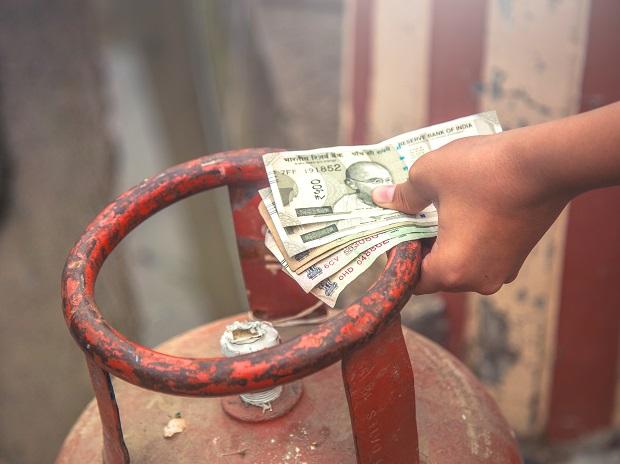LPG cylinder price has shot up by Rs 100 within a month, touching Rs 845 in the East Zone, with the last hike of Rs 25 taking effect on March 1. This increase, if considered from December 2020 has been to the tune of Rs 225. This has been one of the steepest increases in any essential commodity that virtually touches the very existence of every family. Those who care to remember will remember that many households in this country were used to depending on different kinds of cooking fuel earlier. From coal and wood to dried cow dung, Indian homes had a variety of sources of fuel for their kitchens. This government went on an overdrive with its Pradhan Mantri Ujjwala Scheme prior to the 2019 general elections. Billboards and television promos, meant to promote this scheme, projected the multiple ill effects of conventional fuels on the health of women in the kitchens. The drive to draw in households of every economic bracket into this scheme was a great success and it also resulted in a thumping electoral victory for the party in power. In retrospect, this scheme became the flag bearer of all other schemes of the time. Pictures of a Moslem woman accepting a cylinder from the Prime Minister was plastered across the country. There is no doubt the older fuels used earlier were, indeed, damaging the health of women cooking at home. That part of the publicity blitz cannot be faulted. However, the convenience and cleanliness of Liquefied Petroleum Gas (LPG) was too attractive to pass up. Although the subsequent cylinders had to be paid for, most families retained the connections because they did not have to gather wood or source coal on a daily basis.
The criticism at that time was that the government’s huge spend on building up an imported source of conventional energy was unjustified. The critics had said the same energy and resources should have been utilized for promoting indigenous and renewable energy sources that households could acquire at reasonable costs. Most of us had ignored this point of view since all of us use LPG for cooking at home. On hindsight, the critics sound realistic. The scheme had successfully mopped up the poorest of families who would be the hardest hit today with the current price surge. Convenience of LPG has also made people incapable of sourcing their old energy elements. Also, overdependence on these imported conventional fuels is a major reason for the increase in prices. While the world was going green, the Government of India was consciously encouraging further dependence on conventional energy sources.
The hike in prices is not limited to cooking gas alone. Costs of petrol and diesel have skyrocketed in the recent past. Government spokespersons claim that these fuels are being heavily taxed because the coffers need refilling. Now, why have the coffers been emptied? The citizen is being told the coffers became empty since government had to invest heavily to reenergize industries and the market which have been badly affected by the Coronavirus lockdowns. There is probably no individual citizen of this country, be it a student, self-employed person, entrepreneur or even a retired employee or a factory worker who can claim to have received a single rupee out of the billions spent as impetus funds. The multiple announcements of mind-boggling amounts getting injected into the nation’s economy seem to be like the morning mist. When the light of reality rose, every pie seems to have vanished.
According to some political observers, the government may play smart and decrease prices of fuel and cooking gas just before the state elections that are to take place next month. They also forecast that the lowering of prices will be for a short while and increase will re-start once polling is complete. Bihar can be considered as déjà vu for this school of thinking.
